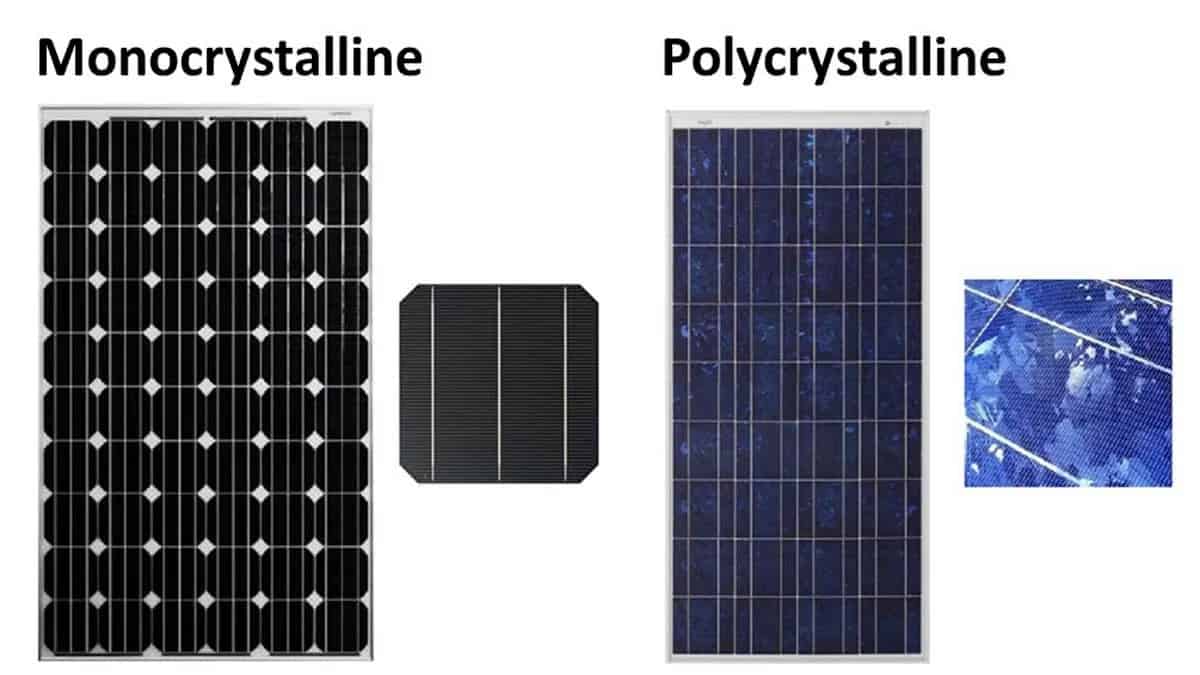The most efficient solar panel is the monocrystalline solar panels and can reach over 20 percent efficiency, whilst polycrystalline panels can usually only reach 15 to 17 percent efficiency.
Monocrystalline solar cells are more efficient because they are cut from a single source of silicon.
Polycrystalline solar cells are blended from multiple silicon sources and are slightly less efficient.
The third type thin-film solar panels costs less than mono or poly panels, but is also less efficient.
Most of the solar panel options currently available fit in one of three types: monocrystalline, polycrystalline (also known as multi-crystalline), and thin-film.
These solar panels vary in how they’re made, appearance, performance, costs, and the installations each are best suited for. Depending on the type of installation one is considering, one option may be more suitable than the others.
Apparently, monocrystalline solar panels tend to generate more power than other types of panels not only because of their efficiency but because they have come in higher wattage modules as well.
Most monocrystalline solar panels come with more than 300 watts (W) of power capacity, some now even exceeding 400 W. Polycrystalline solar panels, on the other hand, tend to have lower wattages.
Of all types of solar panels, monocrystalline panels are likely to be the most expensive option. This is largely due to the manufacturing process – because the solar cells are made from a single silicon crystal, manufacturers have to absorb the costs of creating these crystals.
This process, known as the Czochralski process, is energy-intensive and results in wasted silicon (that can later be used to manufacture polycrystalline solar cells).














